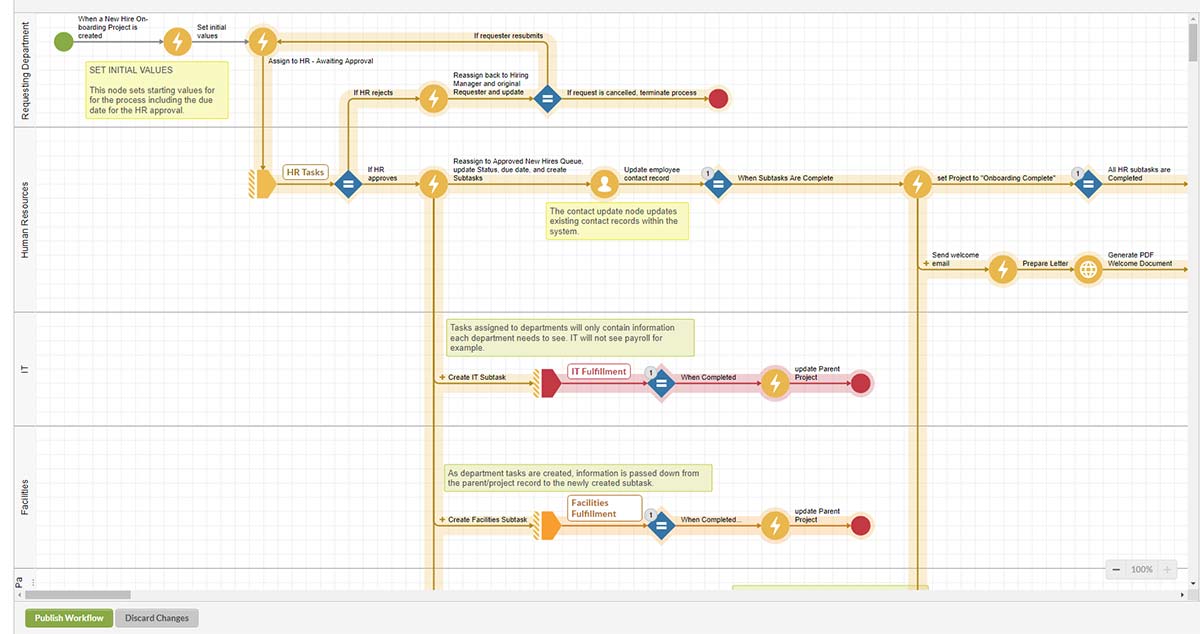Business decision management is an approach and technology that aims to automate and improve business decisions. The approach aspect focuses on the high volume, operational decisions which organizations make daily whereas the technology aspect entails business rules and their management systems, analytics, predictive analytic workbenches and optimization technology. Together, both sides of business decision management manage risks, reduce the chances of fraud and improve customer engagement levels.
Before embracing business decision management, keep in mind that not all decisions are candidates for automation despite being candidates for improvements. To help you successfully step into this new territory, consider automating the following systems first.

Transactional Systems
Business process automation has been a priority for businesses for decades. In transactional systems, the decision logic (i.e. the data flow through bubbles of process logic) is to base at least one of the basic operational decisions on a series of conditions. While programming logic seems feasible to automate decisions such as validation and calculation, it’s unfeasible for today’s larger, progressively complex systems.
Therefore, the goal is to allow systems to change rapidly whenever the business environment changes. This is achieved by adding configurable decision logic into automated processes. However, a higher level decision model will be necessary to tie all decisions together and achieve agility for a particular elemental process. Ideally, this model should be built in parallel to the usual process modeling techniques. That way, all the business decisions embedded within processes would be pulled into the decision model, allowing your business to enjoy a clear focus on decisions and enable it to implement specialized technology stacks for business process management and business decision management.
Business Intelligence Systems
Business intelligence dashboards are known as business Decision Support Systems since they allow decision makers to determine what’s best for the organization. Ironically, these systems don’t consider decisions explicitly since their implementation focuses on user interface requirements. This drives project and maintenance teams to chase after requirements from the next set of users in a never-ending cycle.
Since dashboards and visualizations are vital for human decision-making, their implementation should be based on decision models rather than information models and process models alone. Moreover, operational and tactical business decisions should be standardized because they don’t need to depend on individual preferences. In fact, your company’s goal should be to align decisions with strategic metrics for governance purposes, risk management and compliance.
With an explicit decision model, business users as well as functional teams will be able to establish a basis for discussion, decide on how to make decisions, and plan how all levels of decisions can be tied to business operations and KPIs.
User Experience Systems
Portals are business workflows because they facilitate users’ interactions with systems as well as other users. However, the interrupted processing modus operandi of these systems makes them churn through automated processes but wait for user input, i.e. a decision. To enable portals to help users make better decisions, you should understand which decisions are needed. Ask yourself – what are users’ requirements? Which goals does the user aim to achieve through the decision making process? What insight is needed? Are there policies or rule constraints that could limit the decision?
To make portals smarter, a Decision Model is vital, especially as it shows how the automated decision logic within systems is connected to users’ decisions for that specific operation. With one, your organization will enjoy the benefits of effectively using technology without surpassing the automation boundary. Moreover, business operations will grow more efficient due to seamless and explicit shared decision making.
By following the recommendations in the above lines, your business will flaunt smarter processes, smarter dashboards and smarter portals. These will further drive business decisions as well as business actions, giving your organization an edge over the competition. Therefore, put decisions first and embrace business decision management right away.
